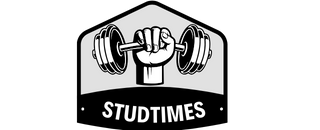There’s a known synergy between exercise and a healthy diet, and the same applies to the ketogenic diet. If you’ve taken the low-carb leap or you’re considering it, keeping up with your fitness is beneficial. Certain types of exercises maximize the positive effects of ketosis. Research has also shown that going keto can improve athletic performance. Here’s what you need to know about working out on keto.
CONTENTS
- Why is it a good idea to exercise on keto?
- Can you build muscle on keto?
- What are the best exercises for the ketogenic diet?
- Endurance training
- Resistance training
Why is it a good idea to exercise on keto?
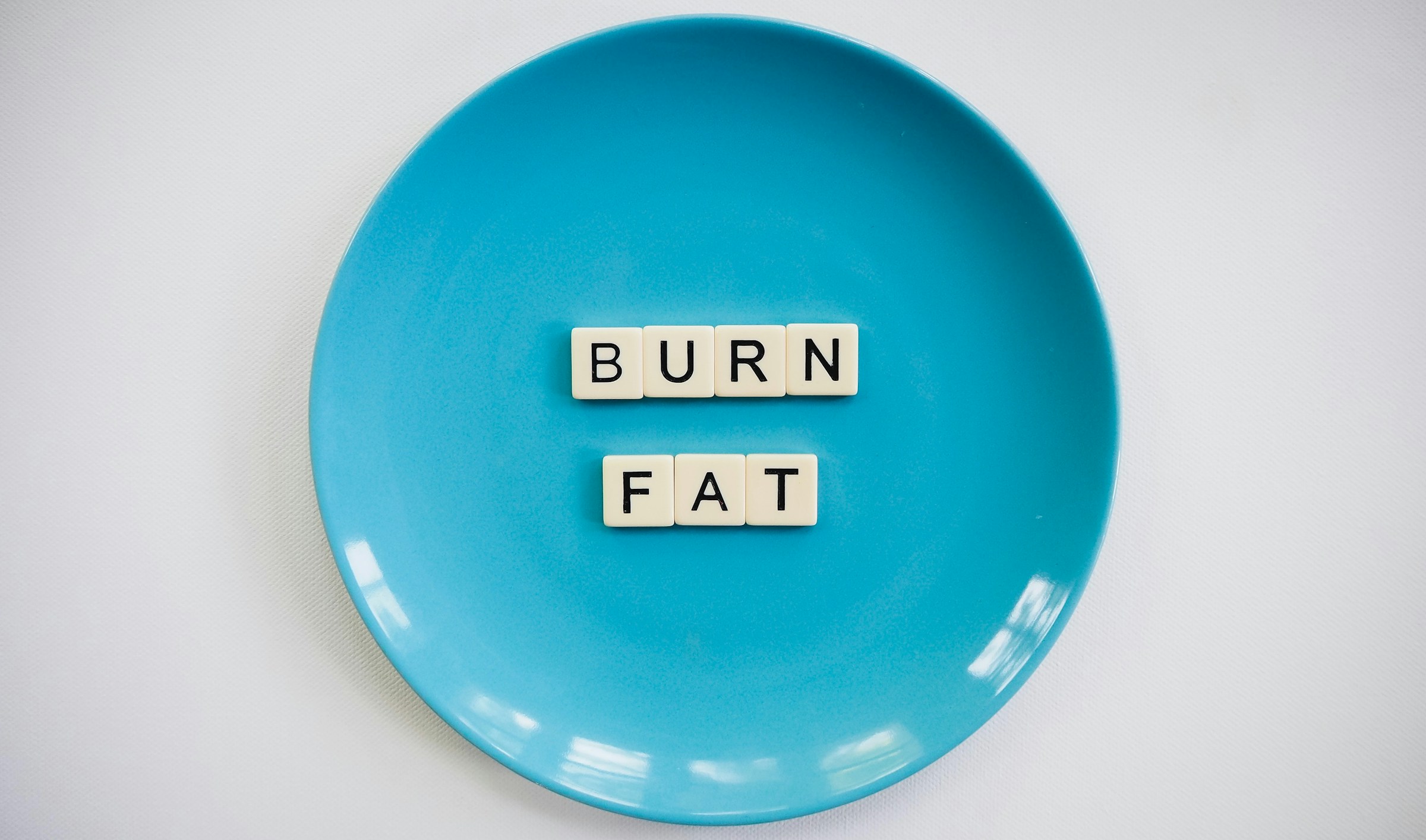
Of course, exercise is always a good idea to complement your healthy diet. A ketogenic diet involves eating high-fat, moderate protein, and low carbohydrates. People who aren’t following the ketogenic diet are primarily burning carbohydrates to fuel their workouts, but when you switch over to keto, your body turns to fat as your main fuel source instead. Dietary fat gives you more calories per gram compared to protein and carbohydrates, so it can keep you satiated for longer. Eating more dietary fat while in the metabolic state of ketosis could help fuel you for a longer workout.
When you reduce your carb and sugar intake and enter ketosis, your body begins producing advantageous molecules called ketones. Some studies show that exogenous ketones can improve athletic performance. Interestingly, research reveals that a ketogenic diet can enhance performance for endurance athletes.
Related
- What is rucking? The latest TikTok fitness trend that has been around for ages
- How to do an upright row the right way: Your complete guide
- Working out? Here’s how to maintain flawless skin
A ketogenic diet has also been shown to ramp up fat burning during exercise, which is excellent news for those wanting to trim body fat. Impressively, several studies concluded that the ketogenic diet could speed up muscle recovery after workouts and lower inflammation.
Can you build muscle on keto?
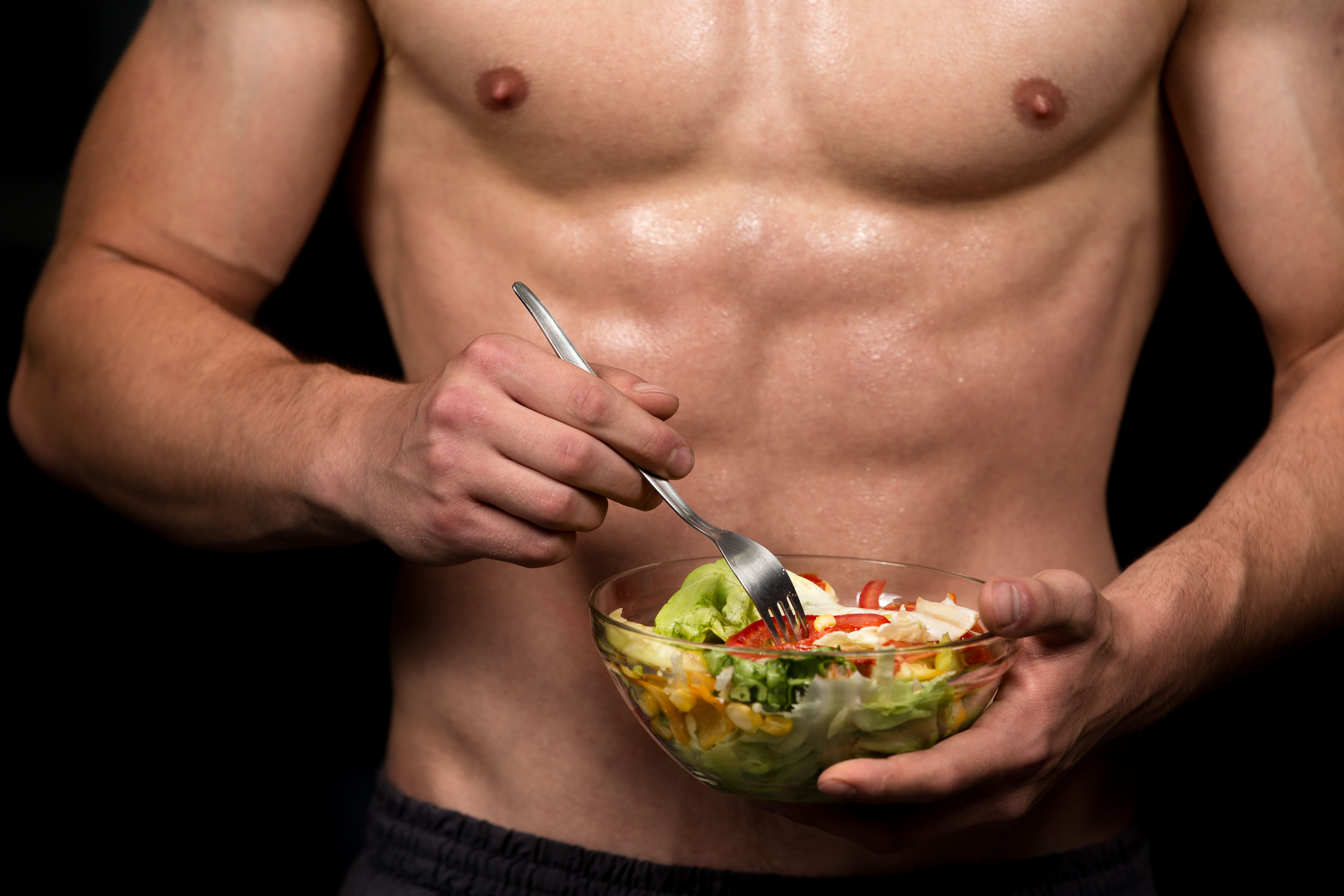
With the popularity of carb-loading, some people wonder if you can build muscle on a ketogenic diet. It turns out you don’t need lots of carbs to build muscle, and research concluded that ketogenic diets are effective for muscle growth, likely thanks to protein and fat.
What are the best exercises for the ketogenic diet?
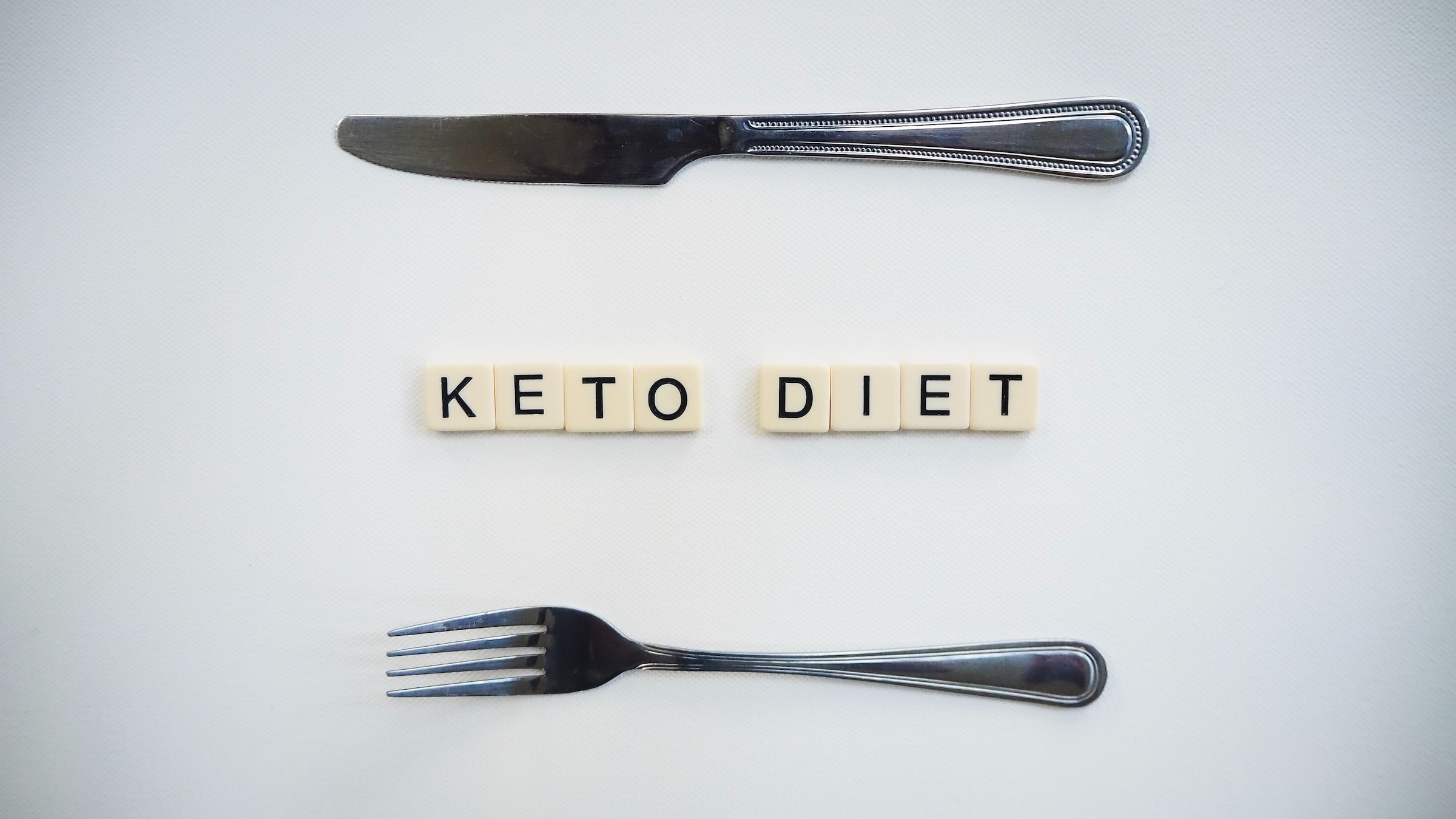
Ultimately, the best exercises to optimize your ketogenic diet depend on a multitude of factors, including your general health, physical activity levels, metabolism, and age. The results of plenty of studies highlight that keto is optimal for lower-intensity exercises like restorative yoga and swimming, as well as endurance exercises, such as marathons and long-distance running. Even so, you might feel you have lasting energy on keto that enables you to better perform high-intensity workouts that were more difficult when you were on the sugar and carb-loaded American diet.
Endurance training

Any exercise that hikes up your heart rate for a prolonged period is called an endurance exercise. As the studies suggest, if you’re consuming a healthy ketogenic diet and burning fat for fuel, you might be able to run or cycle longer distances. It’s known that eating too many carbs can make you tired. Most of us know the feeling after gorging on pizza or a carb-heavy meal. You might be surprised by your athletic potential when you aren’t dealing with carb crashes and grogginess, and you’re feeling satiated with healthy fats, protein, and fiber.
Resistance training
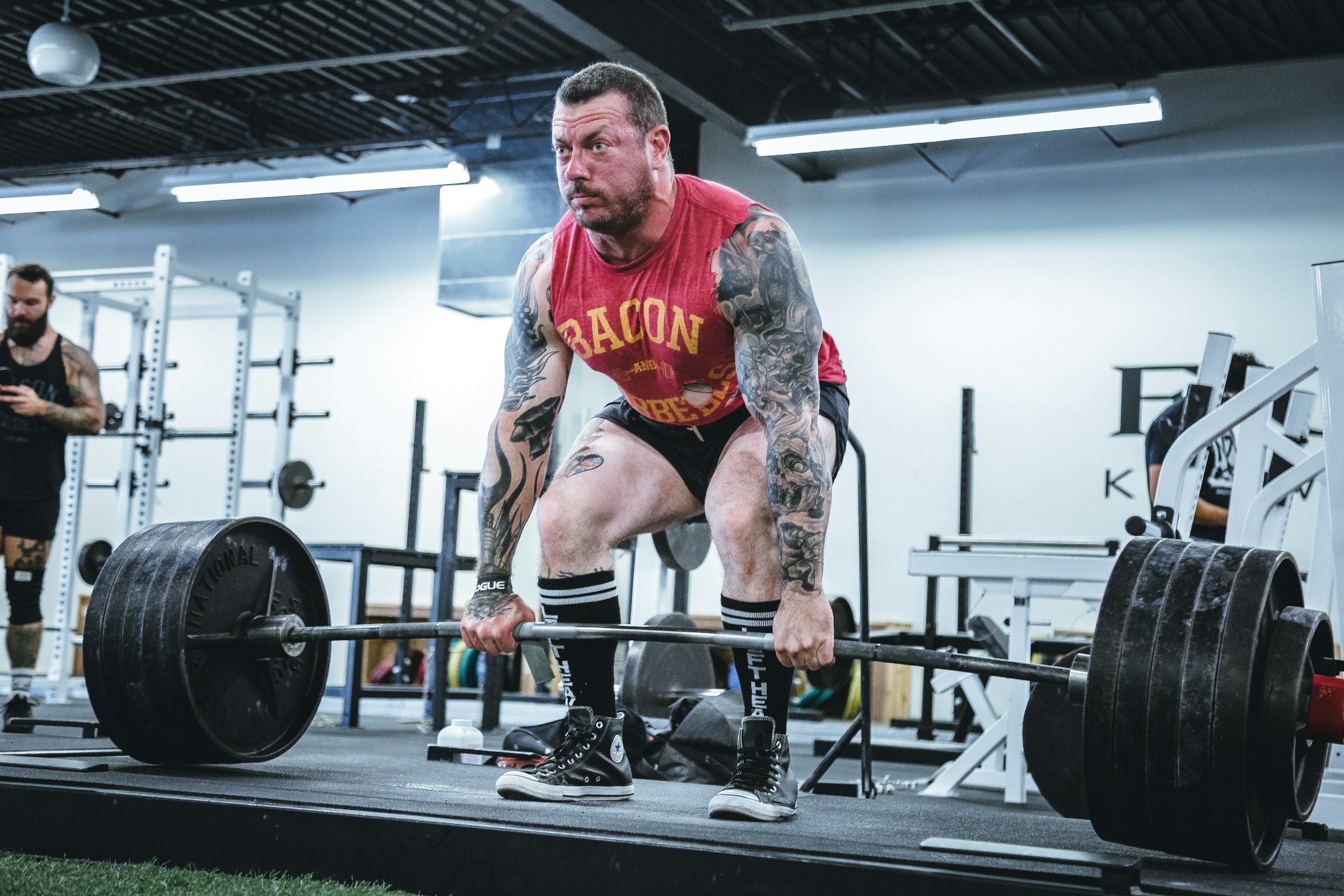
Resistance training involves exercising muscles using some type of resistance, such as bands, weights, or your own body weight. Resistance training is also commonly referred to as strength training or weight training. Exercise enthusiasts often start resistance training to increase muscular strength and endurance.
A study on athletes reported that the metabolic state of ketosis improved physical endurance thanks to the body’s ability to use fat as an alternative fuel source. Another study showed that going keto for just 12 weeks improved performance, body composition, and fat-burning during exercise and resistance training.
Lower-intensity exercises

Jogging, walking, rowing, swimming, and restorative yoga are examples of lower-intensity activities. Especially while your metabolism adapts to burning fat for fuel instead of sugar, you might want to start with lower-intensity workouts. Some people experience the keto flu and flu-like symptoms while their bodies transition into ketosis. You might need to experiment to find the best type of exercise for you, which could change over time as you become more metabolically adapted.
Switching your metabolism takes time

Remember that it takes time for your body and metabolism to get used to being in ketosis, producing ketones, and burning fat for fuel. This is especially true if you’re coming from a high-carbohydrate diet. You could find that while following a ketogenic diet, your exercise performance improves over time.
Top tips:
Gradually work your way into ketosis and try scheduling the carbs you are eating around your resistance training and higher-intensity workouts. Another option is to start with a cyclical ketogenic diet where you eat low-carb keto for five or six days of the week, followed by one or two days of a high-carb diet. Make sure you’re getting enough protein to promote tissue repair and muscle synthesis.
Editors’ Recommendations
- Da Rulk tells us his fitness secrets (it’s about more than just lifting weights)
- How to do sumo squats: Your complete guide
- These are the best keto snacks when you’re on the go
- Add these 4 easy gluteus minimus exercises to your workout routine
- 93/7 ground beef nutrition: How to work this easy protein into your dinners
